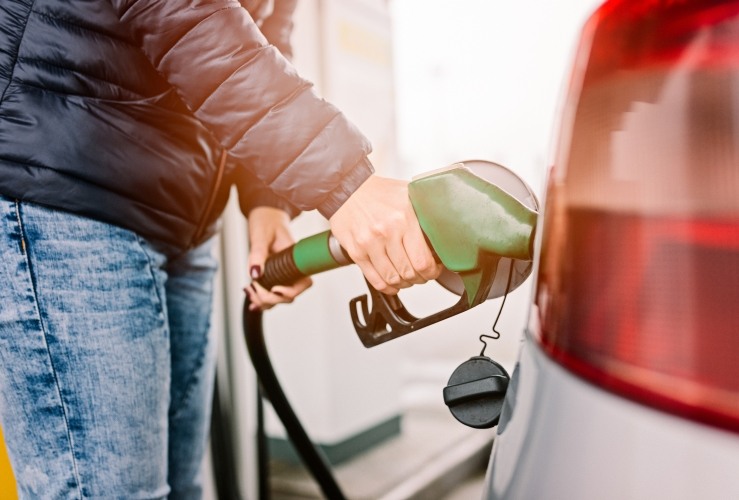
There are several reasons why we should be aware of our vehicle's fuel economy figures: a good MPG figure means lower fuel costs, lower emissions and a less costly Vehicle Excise Duty (VED) band. Sadly, official fuel economy data tends to diverge from real-world driving by a large margin.
And the disparity between official and real-word figures is getting wider, having increased from an average of 8 per cent in 2000, to a substantial 40 per cent by 2014.
While real-world driving conditions can vary wildly from laboratory test set-ups, the figures put forward by manufacturers are now so divergent that some call them misleading.
Official tests determine fuel consumption and CO2 emissions. The vehicle is ‘driven’ on a kind of conveyor belt or rolling road for a certain length of time and in specific ways. The resulting official figures must be published in marketing materials; no other figures are permitted.
The UK's VED system is based on how much CO2 cars emit. The more CO2, the higher (and more expensive) the tax band.
From the European Commission's perspective, CO2 data from across Europe is monitored with a view to reducing emissions.
Car makers face big fines if their vehicles exceed CO2 targets. Fleet average CO2 emissions must not exceed 95g/km from 2020. However, large cars that produce a lot of CO2 can be offset by more environmentally friendly models in the fleet.
Laboratory tests run the (now inaccurately titled) New European Driving Cycle (NEDC), which has two parts: the 'urban' and the 'extra urban' cycle.
With the engine cold, the car is started and driven for about 2.5 miles, averaging 12 mph but reaching 31mph for a short time.
This continues on from the urban cycle, so the engine is still warm (and performing more efficiently than when started from cold). The vehicle is 'driven' 4.3 miles at an average of 39mph.
This is the weighted average of the urban and extra urban figures.
- Electrical system such as air conditioning and lights are turned off.
- The cycle is short and involves a lot of idling and undemanding (and unrealistic) driving patterns.
- The sorts of loads a car will take in reality - such as passengers - are not considered, since the car is empty.
- The lab test are carried out at room temperature - far higher than the likely driving temperature - particularly in northern Europe.
- Manufacturers know how to exploit the test procedure's various flexibilities in order to obtain a more favourable MPG figure.
- Optimum fuel consumption figures can be attained by setting a car up for specific test conditions.
- It has been alleged that some car makers over-inflate tyres and disconnect/adjust brakes in order to reduce friction.
- It has been alleged that some manufacturers have taped over panel gaps and removed wings mirrors to improve wind resistance.
Amid criticism that the New European Driving Cycle (NEDC) produces figures that are unattainable in reality, a new test cycle has been developed, called the World Light Duty Test Cycle (WLTC).
The WLTC tests will apply to all new type approvals from September 2018. It is designed to recreate real-world driving conditions.
It covers:
- Fuel consumption
- CO2 emissions
- Pollutant emissions
- Energy consumption of alternative power-trains and electric vehicles
The test covers driving situations that include urban, suburban, main road and motorway settings. It also tests over a much longer distance and at temperatures that more closely reflect outside temperatures in Europe. Overall driving behaviour is more realistic, with a range of driving phases, stops, accelerations and braking phases.
The WLTP will provide a basic 'core' test around the globe, but different regions - including the European Union - will use the test in different ways, depending on their road traffic laws and specific requirements.
While the WLTP comes into effect, those seeking a new car right now will have to rely on the old NEDC data. By assuming real-world fuel economy is 40 per cent worse than specified, you should have a better idea of what to expect from any new car.
The age of a car matters too. You can expect the discrepancy to be around 10% for a 10-year old car, and 25% for a car build 3-to-5 years ago.
Honest John collated data from more than 100,000 fuel consumption figures, uploaded by users. It suggested cars attained 84 per cent of official combined figures. However, this dataset include many older cars, which delivered more accurate test results than newer cars - thus suggesting accuracy is far lower than 84 per cent.




